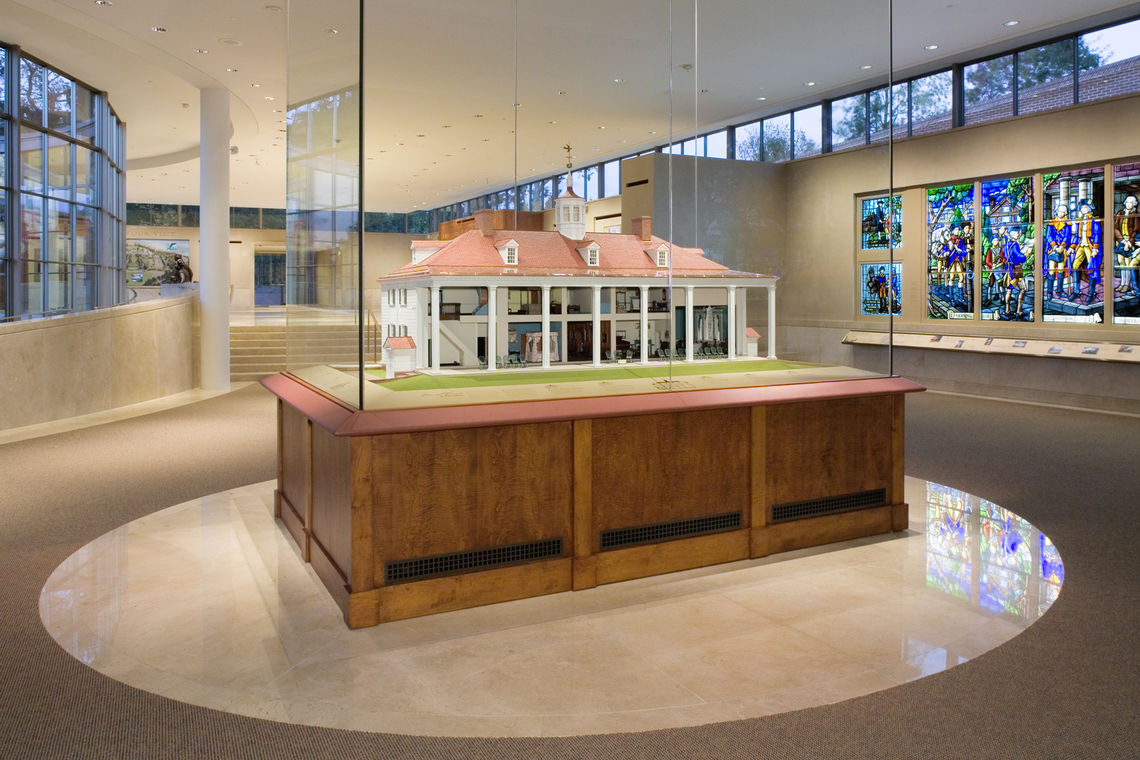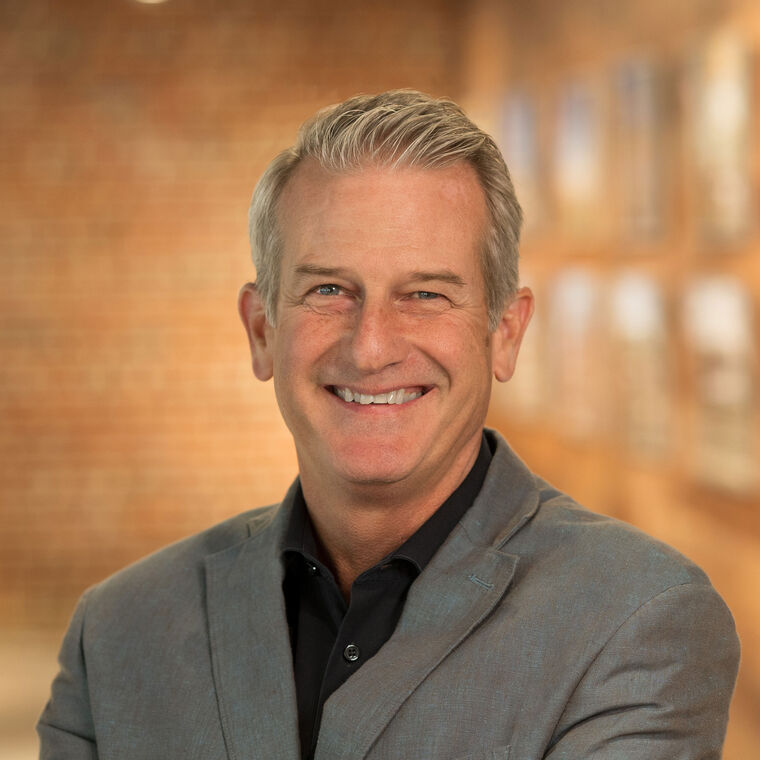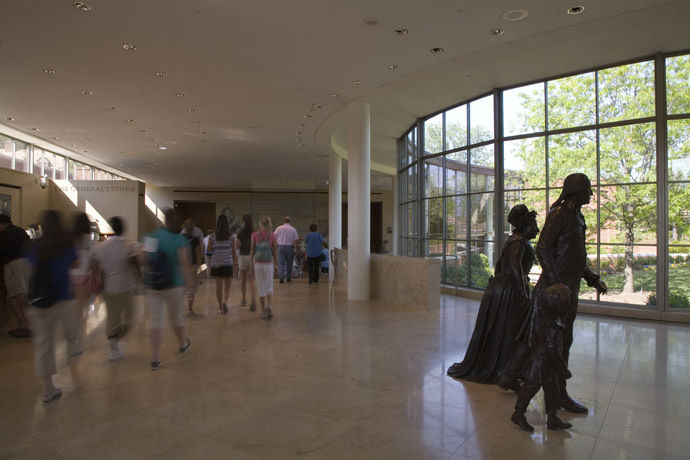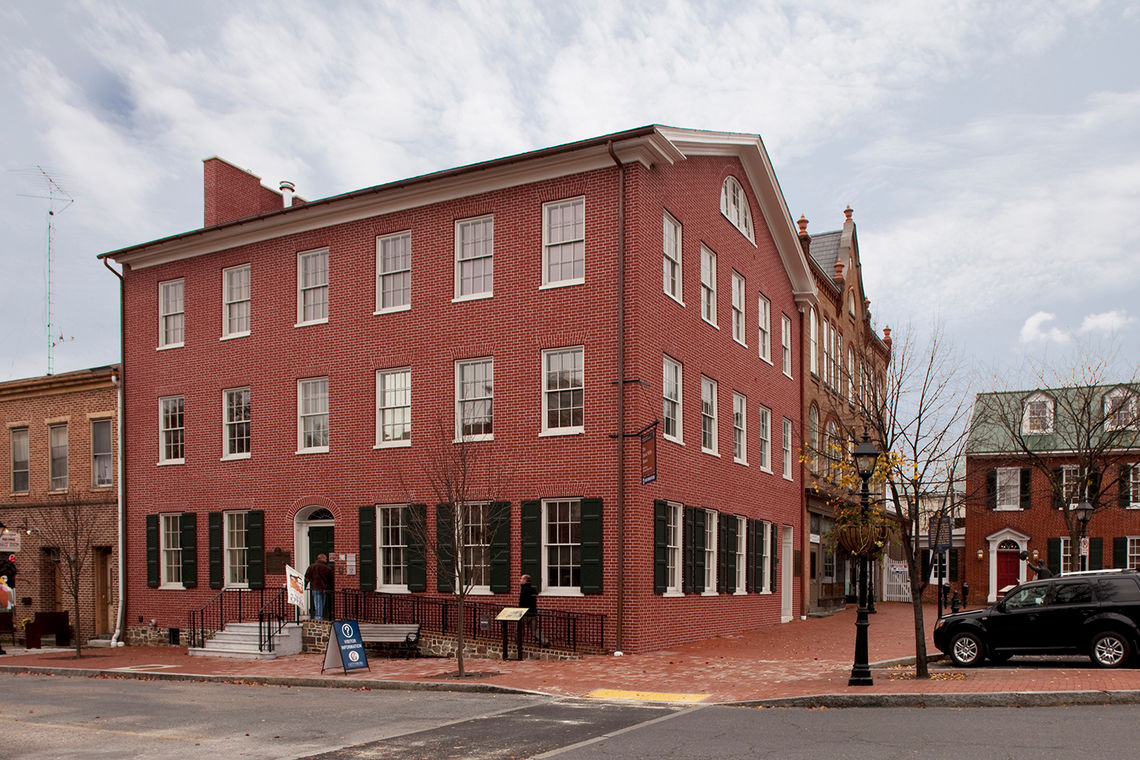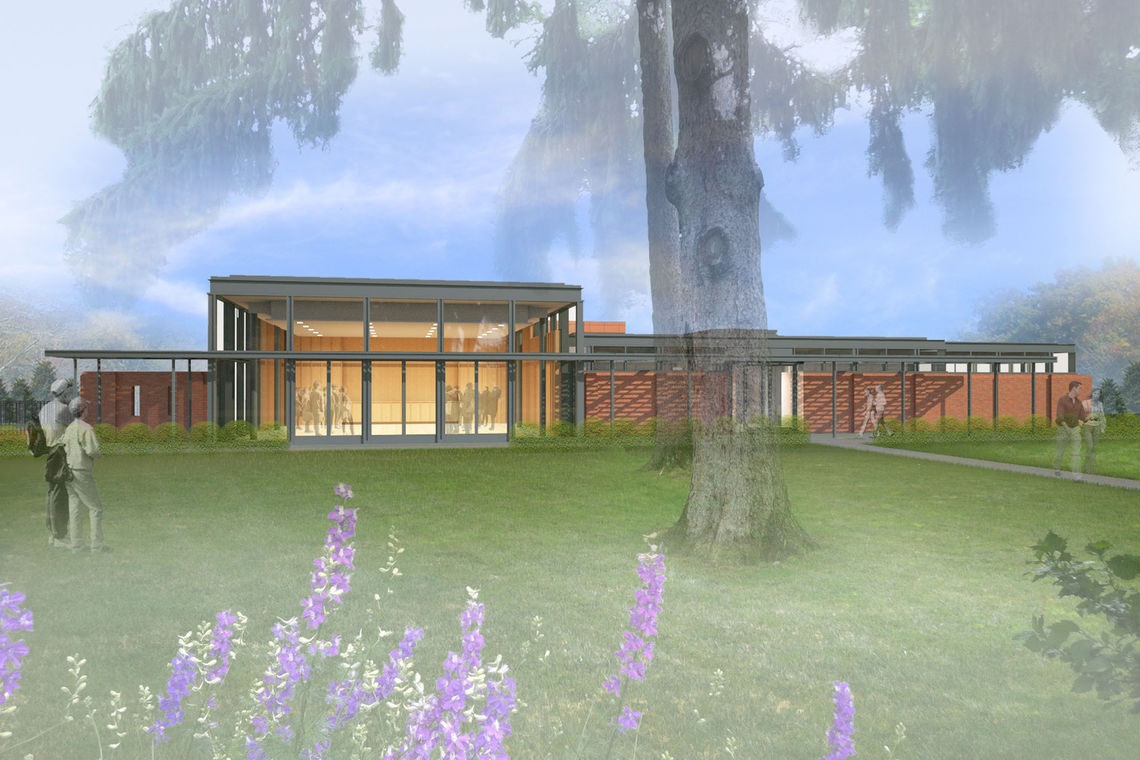Crowd Control & Visitor Flow in Interpretive Facilities
A mark of a successful interpretive facility is its ability to handle large crowds at peak times, without feeling intimidating to small groups visiting during the off-season. Once institutions understand their resource, venue and types of visitation, as we discussed in Part 1, they can use the design techniques of pacing and pulsing and the characteristic of path as tools to manage the visitor experience.
Pacing deals with the flow or speed with which an individual or group moves through an area. Using traffic as an analogy, imagine if all of your neighbors worked in the same office building in a nearby city and needed to be there at 8:30 sharp—and there was only one road to get there. Everyone would be on the same road at the same time and if there was an accident, traffic would stop. Now, think about the way you actually go to work, not everyone works in the same building, with the same arrival time and same route. In the first example there is little freedom, whereas the second example is about planned free flow, controlling how traffic regulates itself through alternative routes. Pacing is exactly that—controlling crowds through planned free flow or dispersion. Typically, if a site contains multiple resources and venues (see Part 1), it is easier to control crowding.
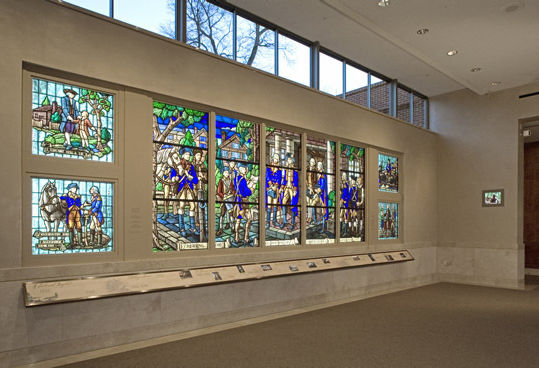
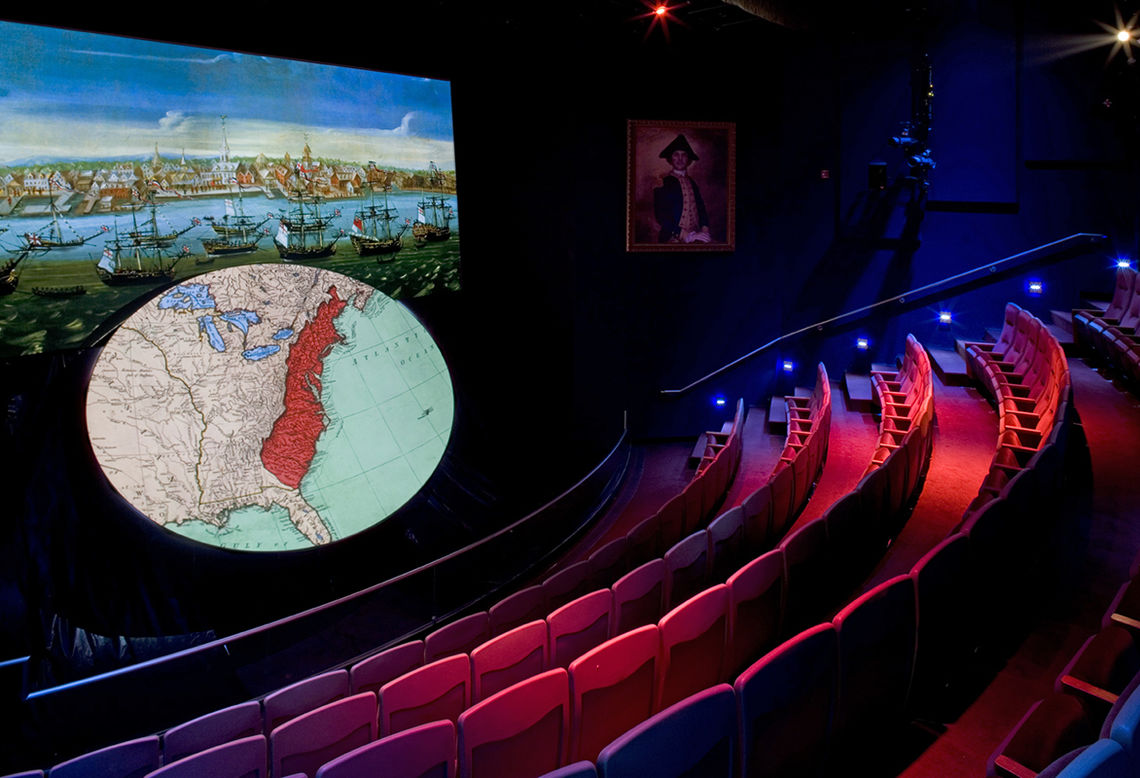
All photos from the Ford Orientation Center at George Washington’s Mount Vernon.
Pulsing, on the other hand, is the movement of a defined group through a space. Using our traffic analogy, a pulse can be likened to the way automobile traffic is controlled by a traffic light. Without this controlled, time release of volume, cities would be in a state of constant gridlock. In terms of visitor flow, the pulse is the traffic light for visitors. A good example of pulse in an interpretive center is a timed event such as a demonstration or film. The timed event, much like a traffic light, captures a set amount of people for a period of time, and then releases them all at once. Pulsing helps to regulate the number of visitors on site at any particular time and is particularly useful in regulating visitor flow when dealing with single focus resources or venues (see blog Part 1).
Path, the regulation of visitor flow through the size and character of the space being traversed, is the last piece of the puzzle. With traffic, you can consider factors such as how many lanes a road or street has, whether it is one way or two, has a breakdown lane, or is tree-lined, what the speed limit is, and whether passing is allowed. These are all examples of different characteristics of path as it relates to driving, but when talking about paths related to visitor flow, the same applies: the physical characteristics of path can greatly impact the visitor experience. For example, a wide, straight and flat path is much different than a narrow winding path with multiple level changes, in terms of experience and ease of navigation.
In Part 3, I’ll look at some real world examples of the use of these techniques to control visitor flow and improve the visitor experience.
